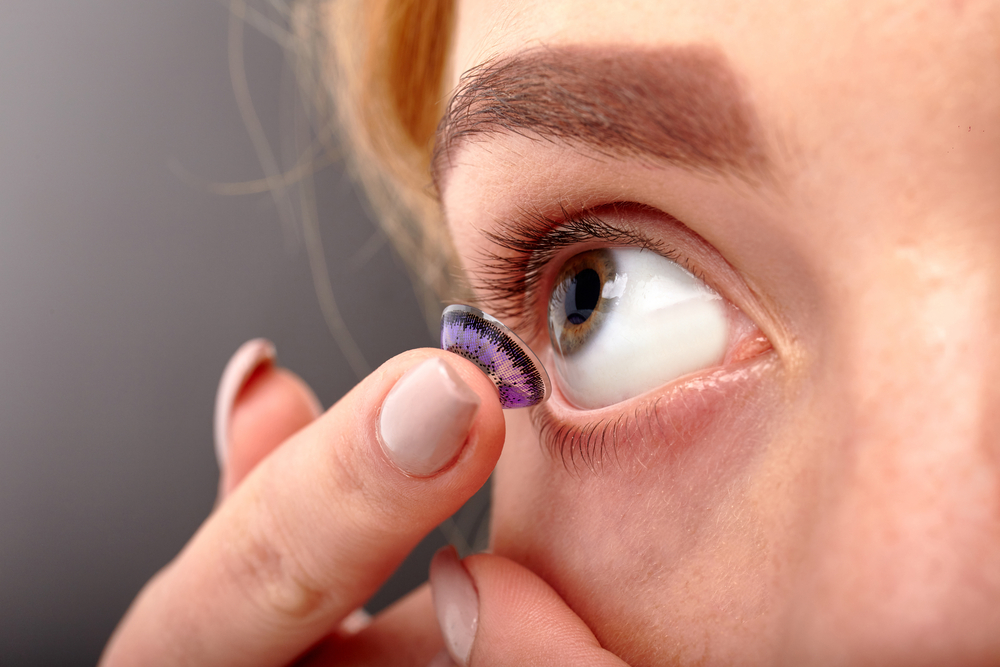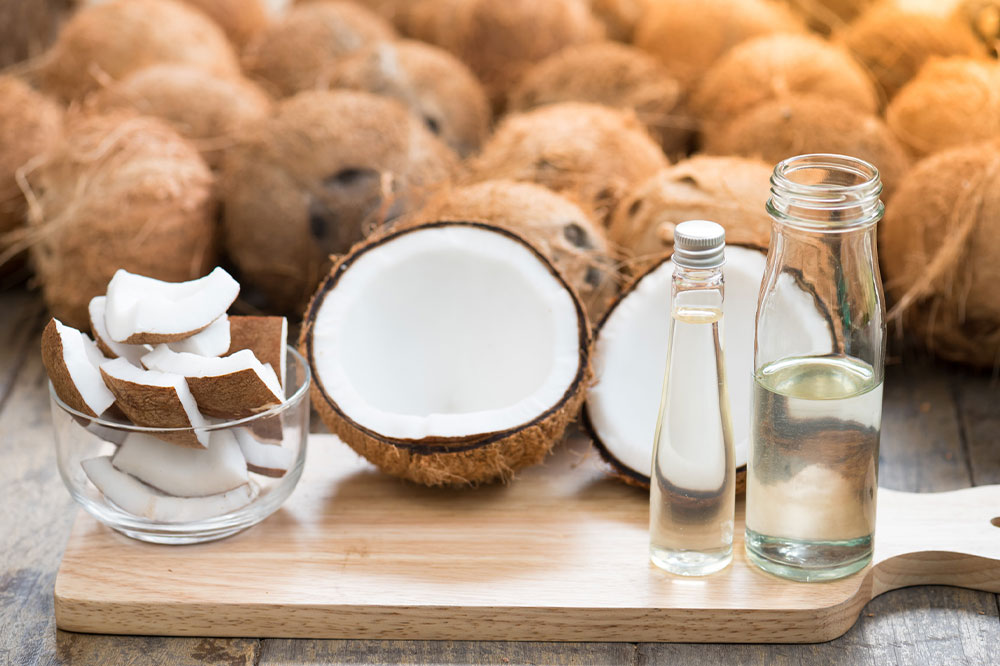Comprehensive Guide to Managing Age-Related Presbyopia: Natural Approaches and Nutritional Strategies
This comprehensive guide explores natural solutions and dietary tips for managing age-related presbyopia. It highlights symptoms, home remedies, nutritional strategies, and professional advice to help improve vision health as you age. The article emphasizes proactive steps to reduce eye strain and support healthy eyesight through lifestyle changes and targeted nutrition, making it an essential resource for aging adults seeking better eye health management.

Comprehensive Guide to Managing Age-Related Presbyopia: Natural Approaches and Nutritional Strategies
As individuals grow older, it is common to experience changes in vision that can affect daily life and overall eye health. One of the most prevalent age-related eye conditions is presbyopia, commonly known as farsightedness associated with aging. This condition manifests as a diminished ability to focus on close objects, leading to difficulties in reading small print, using smartphones, or performing tasks that require detailed vision. Fortunately, understanding how presbyopia develops and knowing effective strategies to manage it can significantly improve quality of life.
Understanding Presbyopia and Its Causes
Presbyopia occurs due to the gradual loss of elasticity in the eye's lens. The lens, which helps focus light onto the retina, becomes stiffer over time, making it harder for the eye to adjust to near vision. This natural decline typically begins around the age of 40 and progresses gradually. Factors such as genetics, lifestyle, and overall eye health can influence the onset and severity of presbyopia. Recognizing the early signs can help individuals seek timely interventions to mitigate discomfort and maintain clear vision.
Common Symptoms and Indicators of Presbyopia
People experiencing presbyopia often notice several telltale symptoms. These include frequently squinting when trying to read or see close objects clearly, holding reading materials at arms' length, experiencing eye strain or fatigue after prolonged near work, and having difficulty focusing in low-light conditions. Some may also encounter headaches or a sensation of heaviness in the eyes. Early detection is crucial to managing symptoms effectively and preserving eye health.
Home and Natural Remedies for Presbyopia
While corrective lenses such as reading glasses or contact lenses are the primary solutions for presbyopia, natural approaches can complement these methods. Simple eye exercises are effective for strengthening eye muscles and improving focus. For example, shifting focus between distant and near objects can enhance accommodation capabilities. Additionally, performing focusing exercises, such as zooming in and out or focusing on a finger moving closer and farther away, can reduce eye strain. It is essential to consult an eye care specialist before starting any exercise regime to ensure safety and effectiveness.
Relaxation Techniques and Eye Care Practices
Proper eye relaxation is vital in alleviating fatigue caused by prolonged near work or screen time. Applying warm compresses using a damp washcloth over closed eyes can soothe muscle tension, improve blood circulation, and promote relaxation. Incorporating regular breaks using the 20-20-20 rule—every 20 minutes, look at something 20 feet away for at least 20 seconds—can significantly reduce eye strain. Maintaining proper lighting and adjusting screen brightness are also beneficial practices to reduce visual stress.
Nutritional Strategies to Support Eye Health
Diet plays a crucial role in maintaining strong and healthy eyes. Consuming foods rich in essential vitamins and nutrients can slow the progression of presbyopia and support overall eye function. Vitamins A, C, and E are vital antioxidants that protect eye tissues from oxidative damage. Omega-3 fatty acids, found abundantly in fatty fish, flaxseeds, and walnuts, are known to support the lubrication of the eyes and prevent dryness. Zinc, present in nuts, seeds, and legumes, contributes to retinol stabilization and visual pigment production. Incorporating these nutrient-dense foods into daily meals can promote better vision and preserve eye tissue integrity.
Furthermore, there are specialized eye drops formulated for presbyopia, which can offer temporary relief from dryness and discomfort. However, consulting an eye care professional before using any over-the-counter remedies ensures proper usage and safety.
In conclusion, although presbyopia is a natural part of aging, adopting a comprehensive approach that combines natural remedies, dietary modifications, and appropriate vision correction can significantly reduce symptoms and maintain healthy eyesight. Early detection, routine eye checkups, and healthy living habits are essential components of effective management, helping individuals enjoy clearer vision and improved quality of life well into older age.





